IDEOLOGY, HUMANITY AND NATURE INTERTWINED – RENOVATION OF THE QINCHANG VILLAGE CPC BRANCH OFFICE COMMUNITY CENTER | AN OPEN CLOISTER-STYLE COMMUNITY CENTER, HENAN, CHINA
秦厂村党群活动中心改造:交织的信仰,自然与人本| 一座开放的回廊式社群中心,中国河南
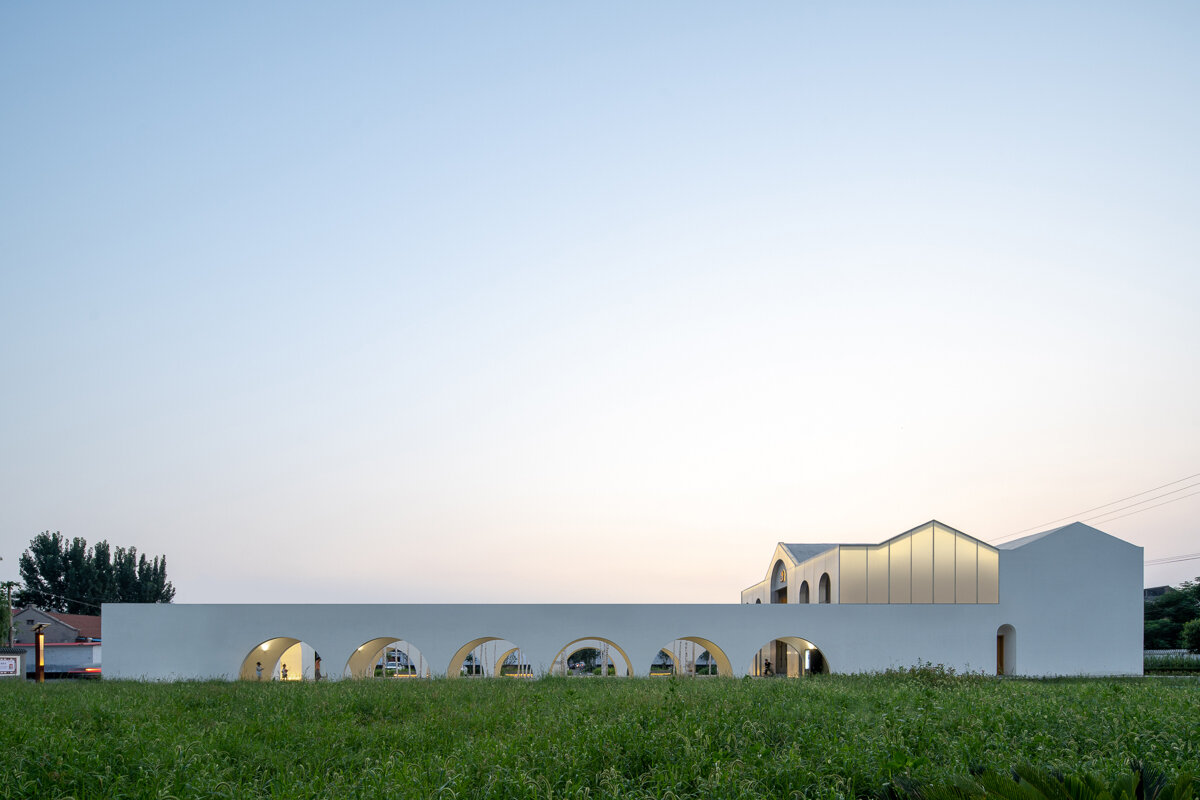
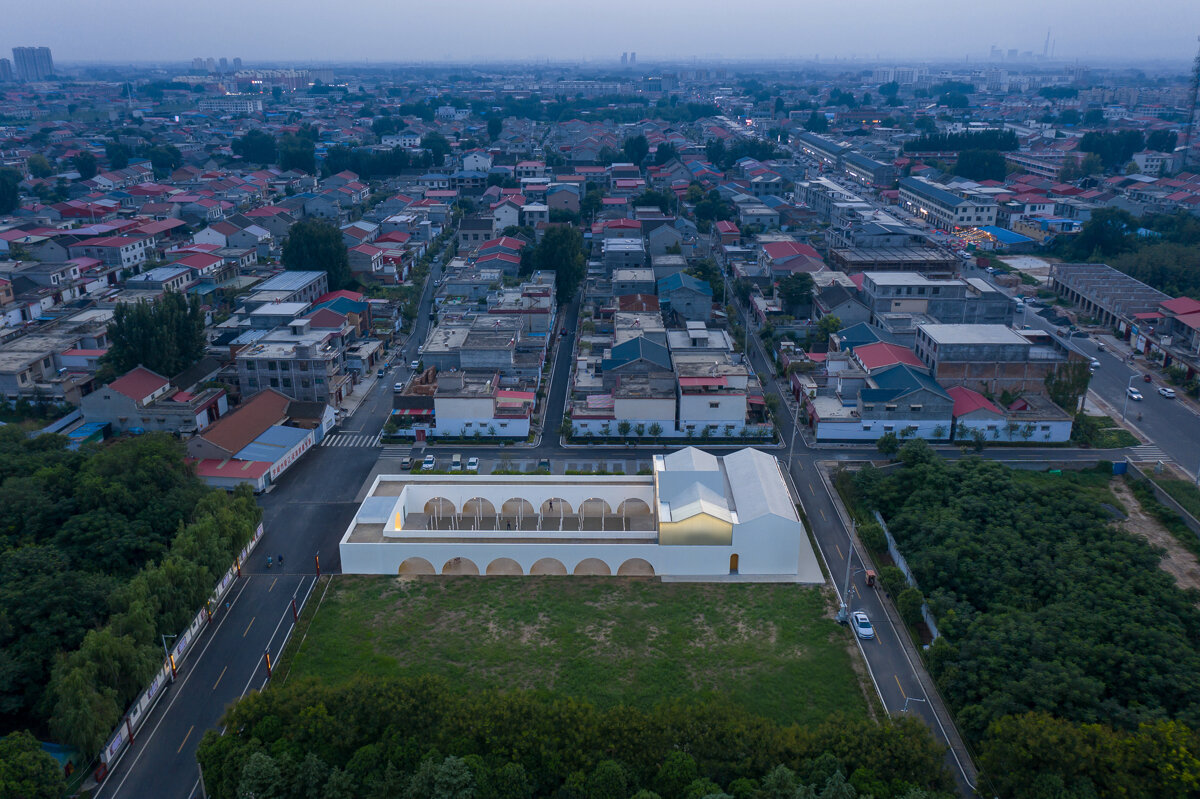
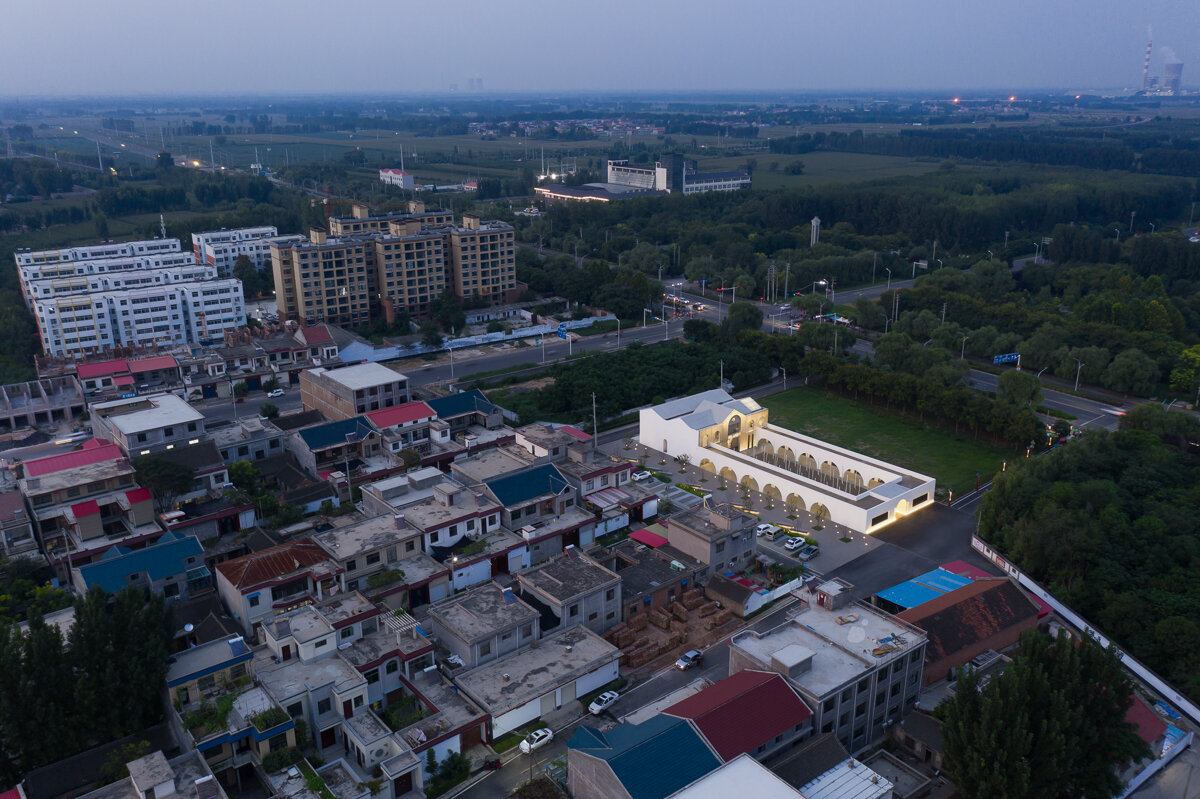
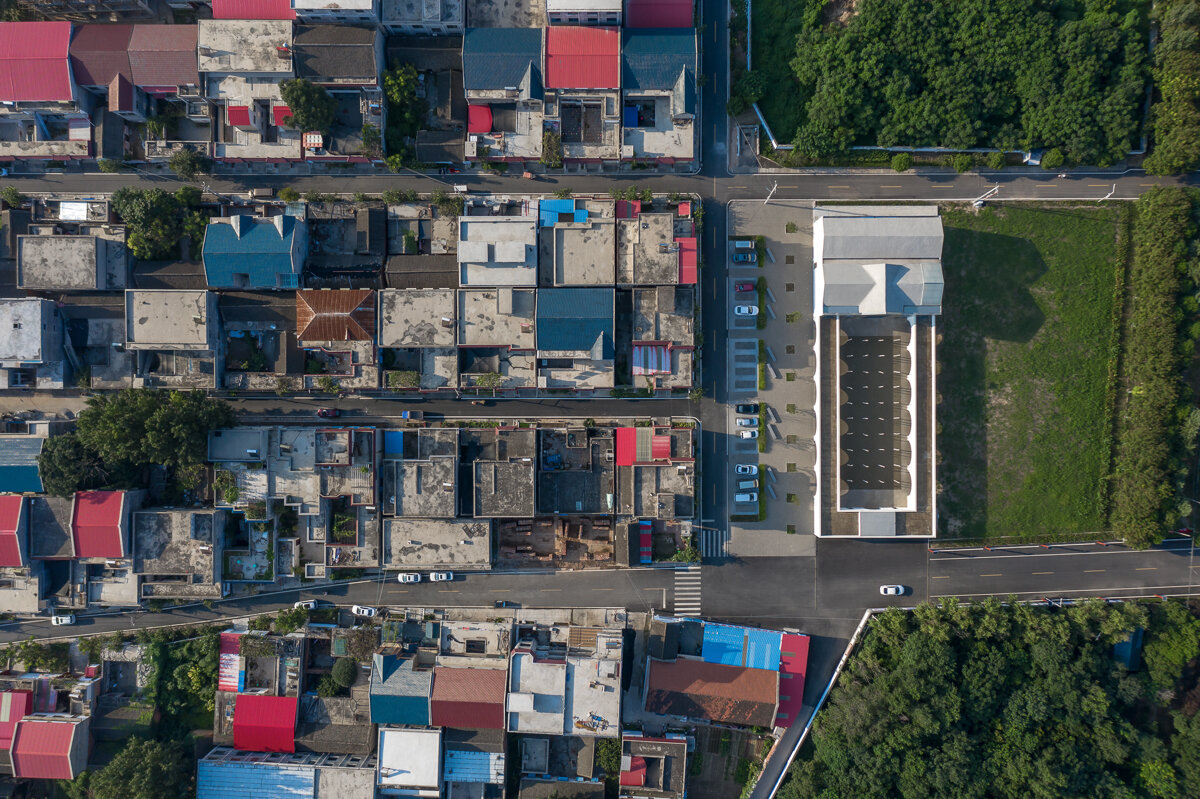
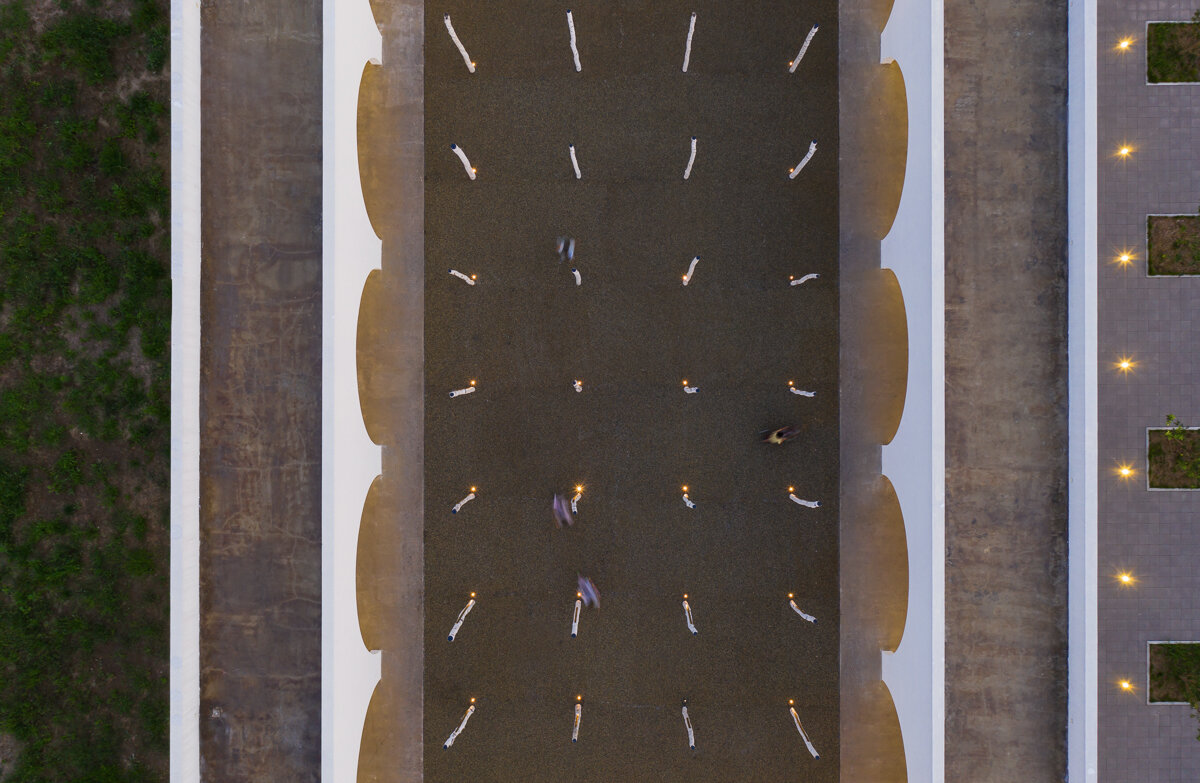
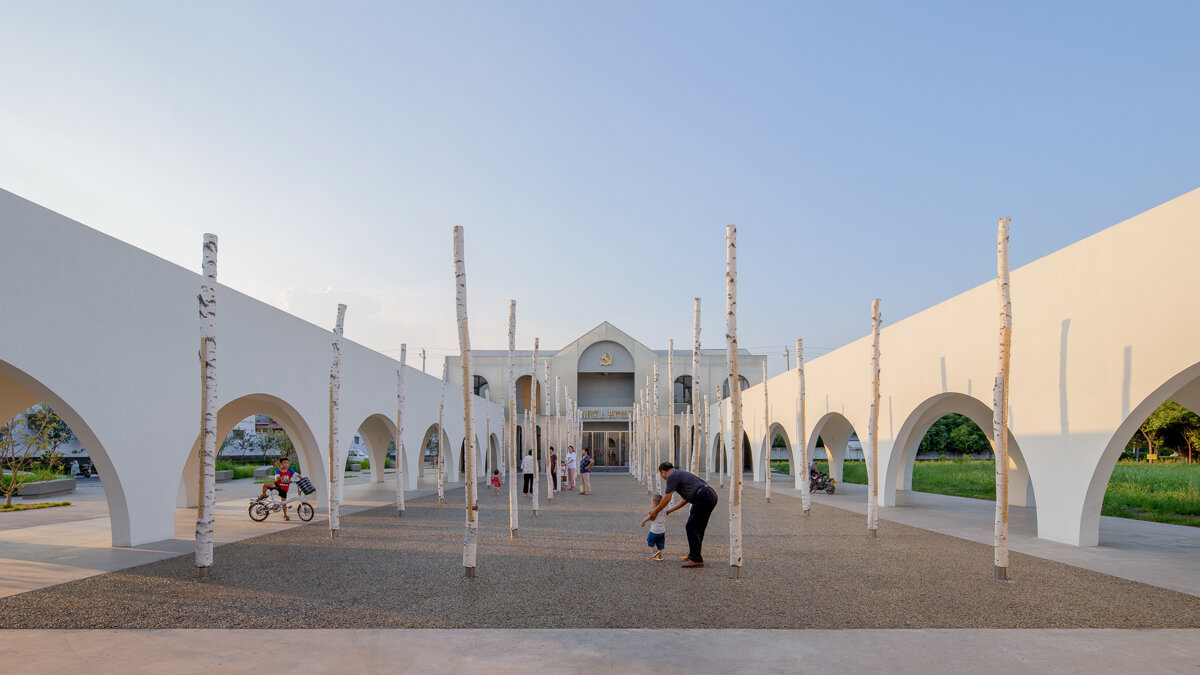
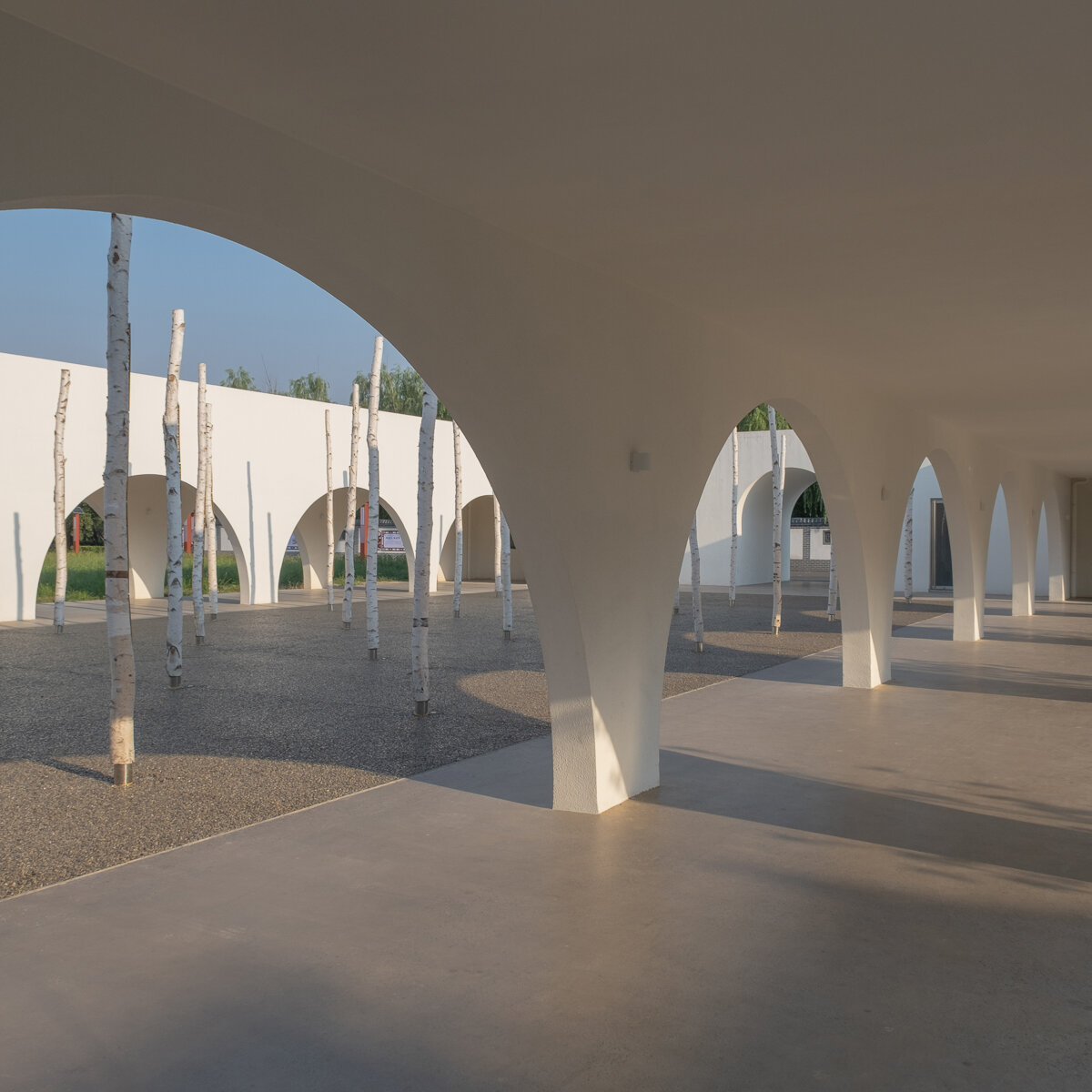
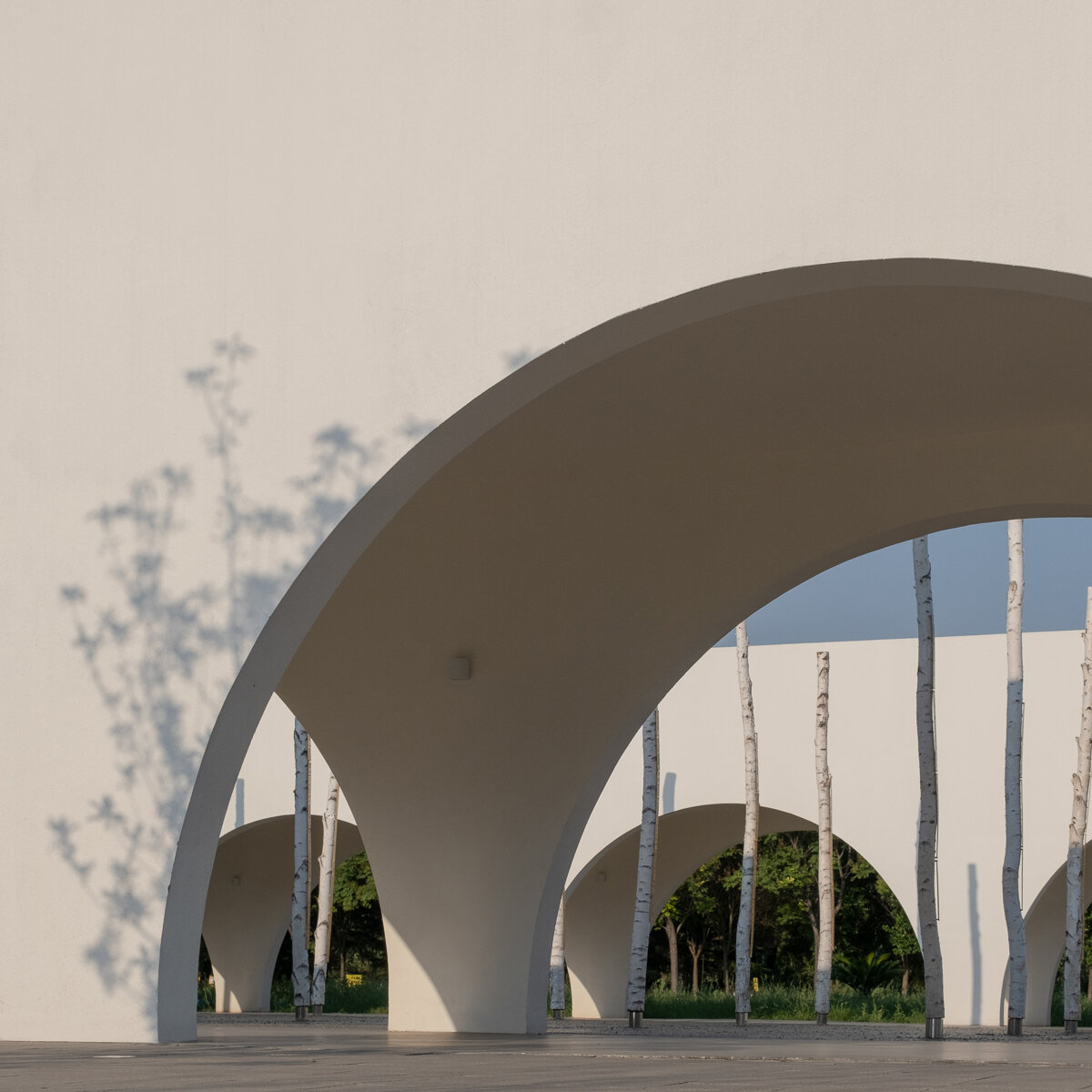


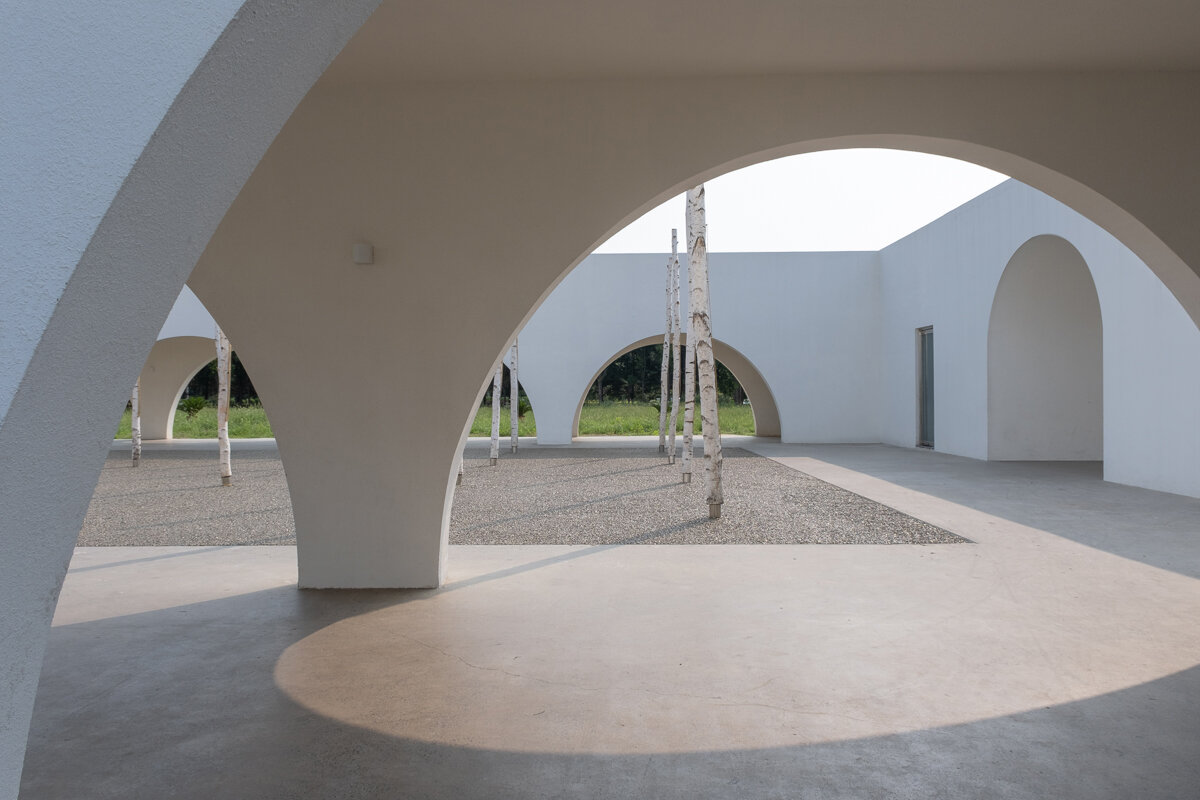

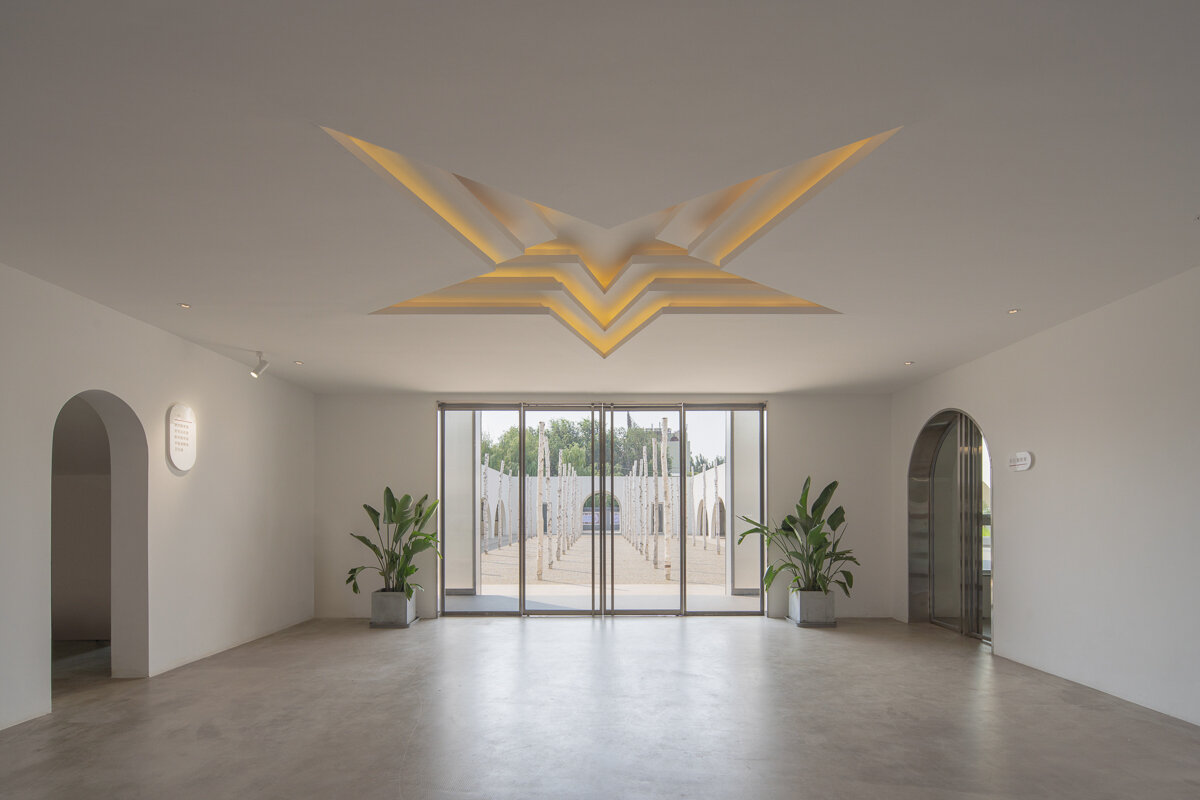

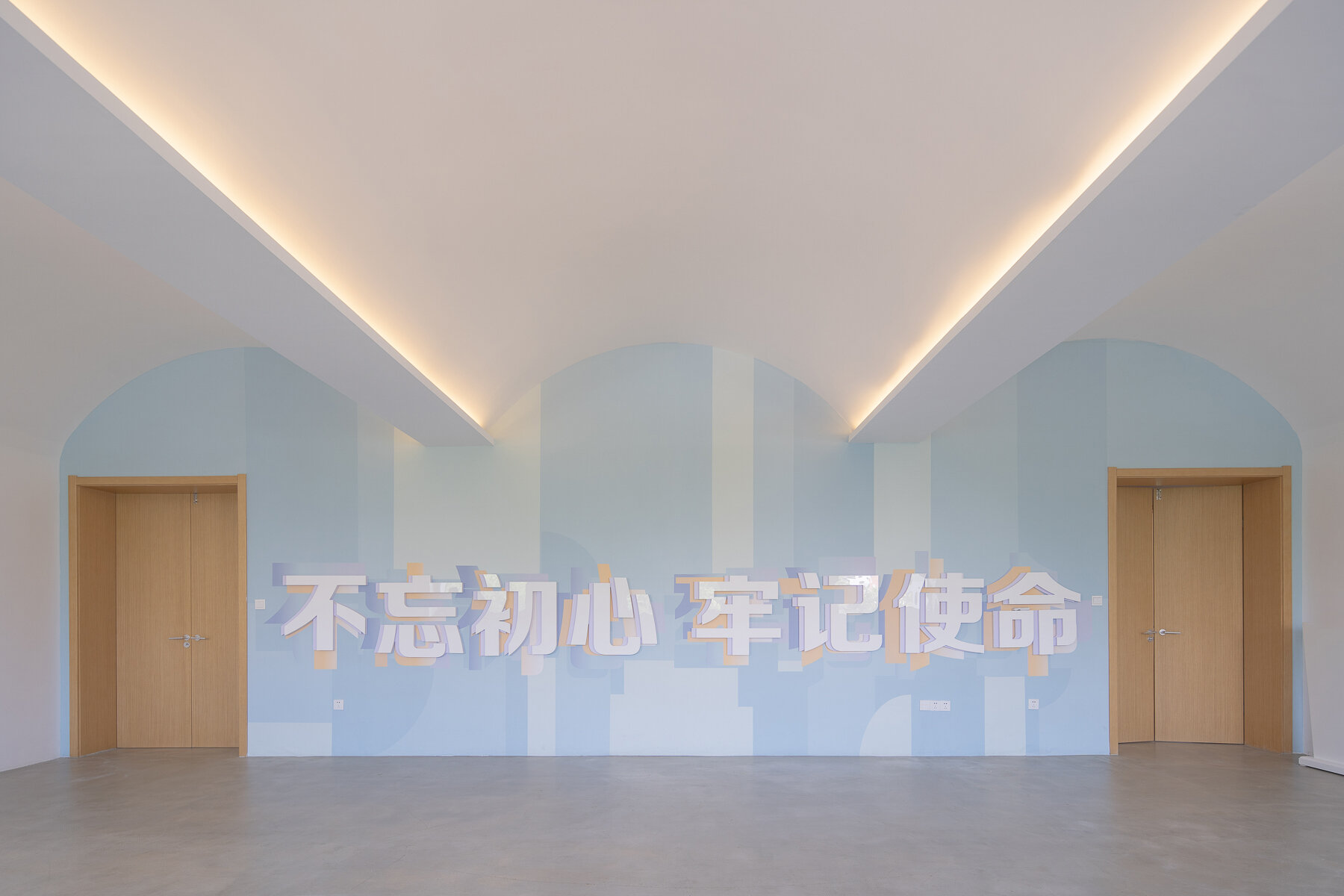
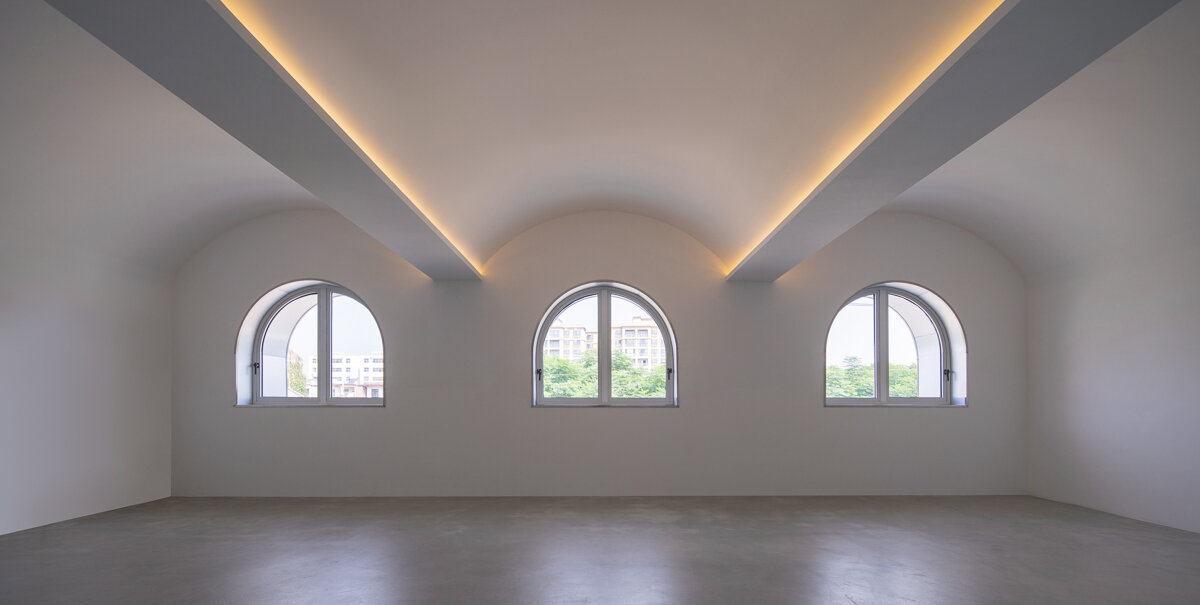
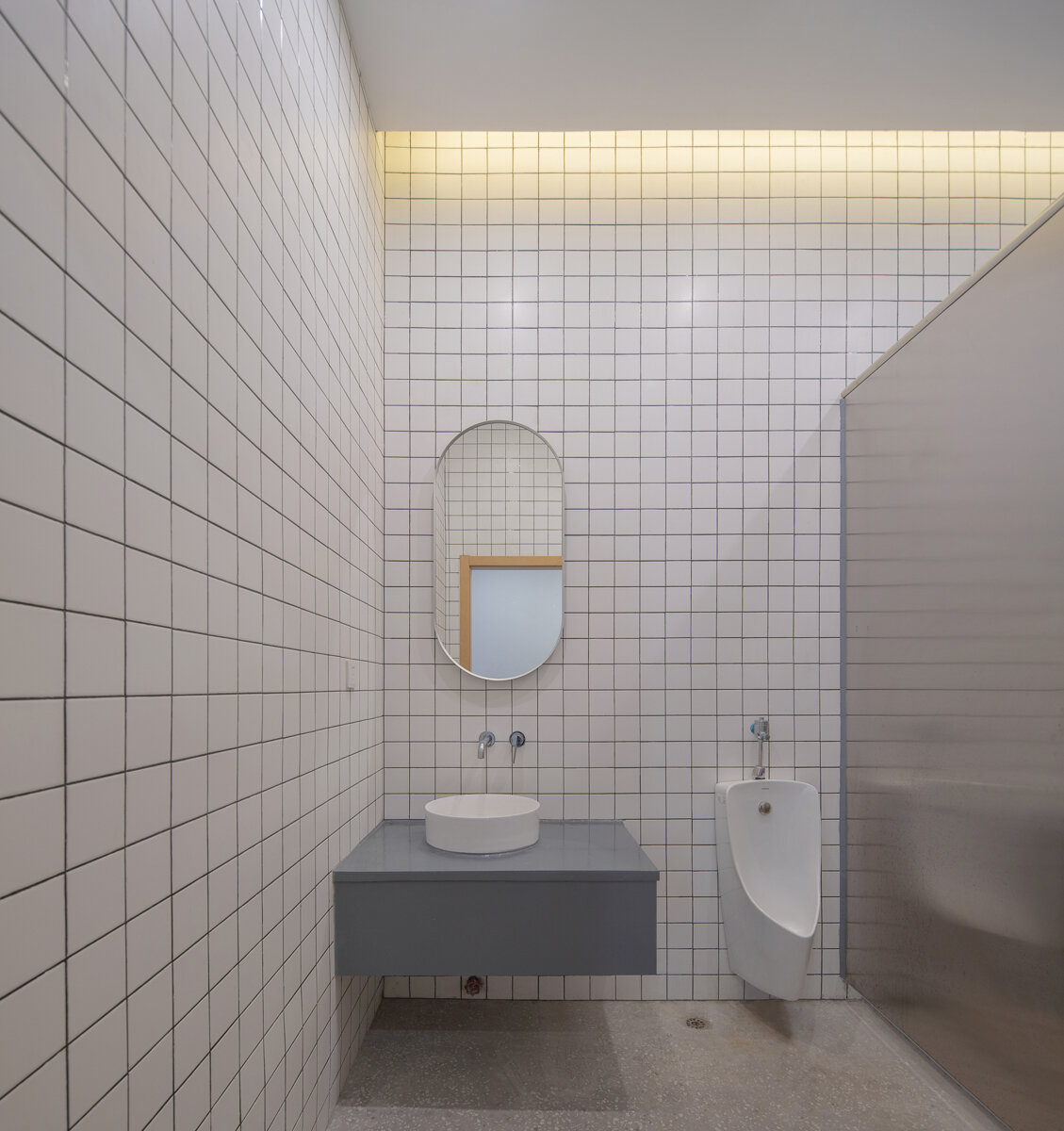
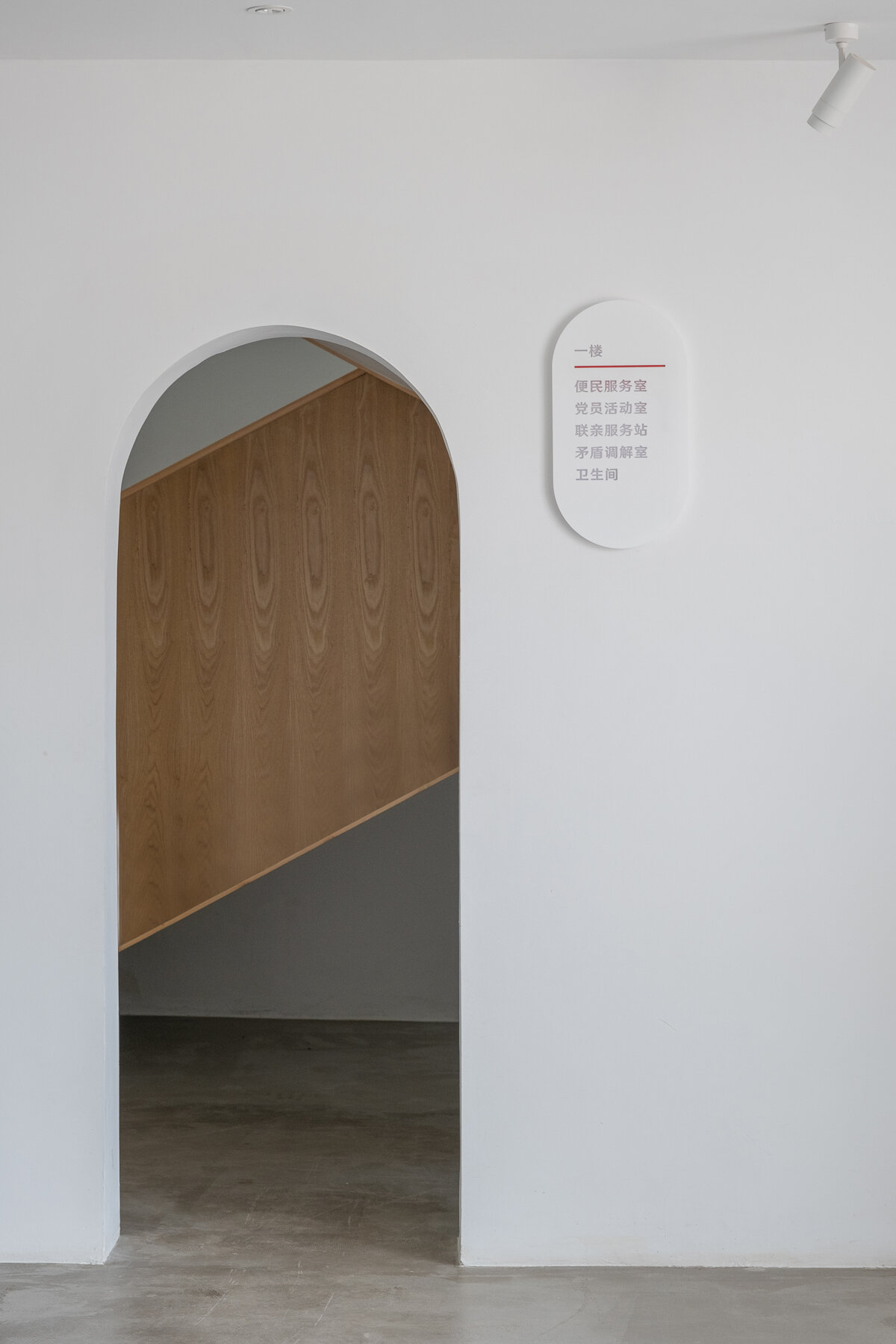
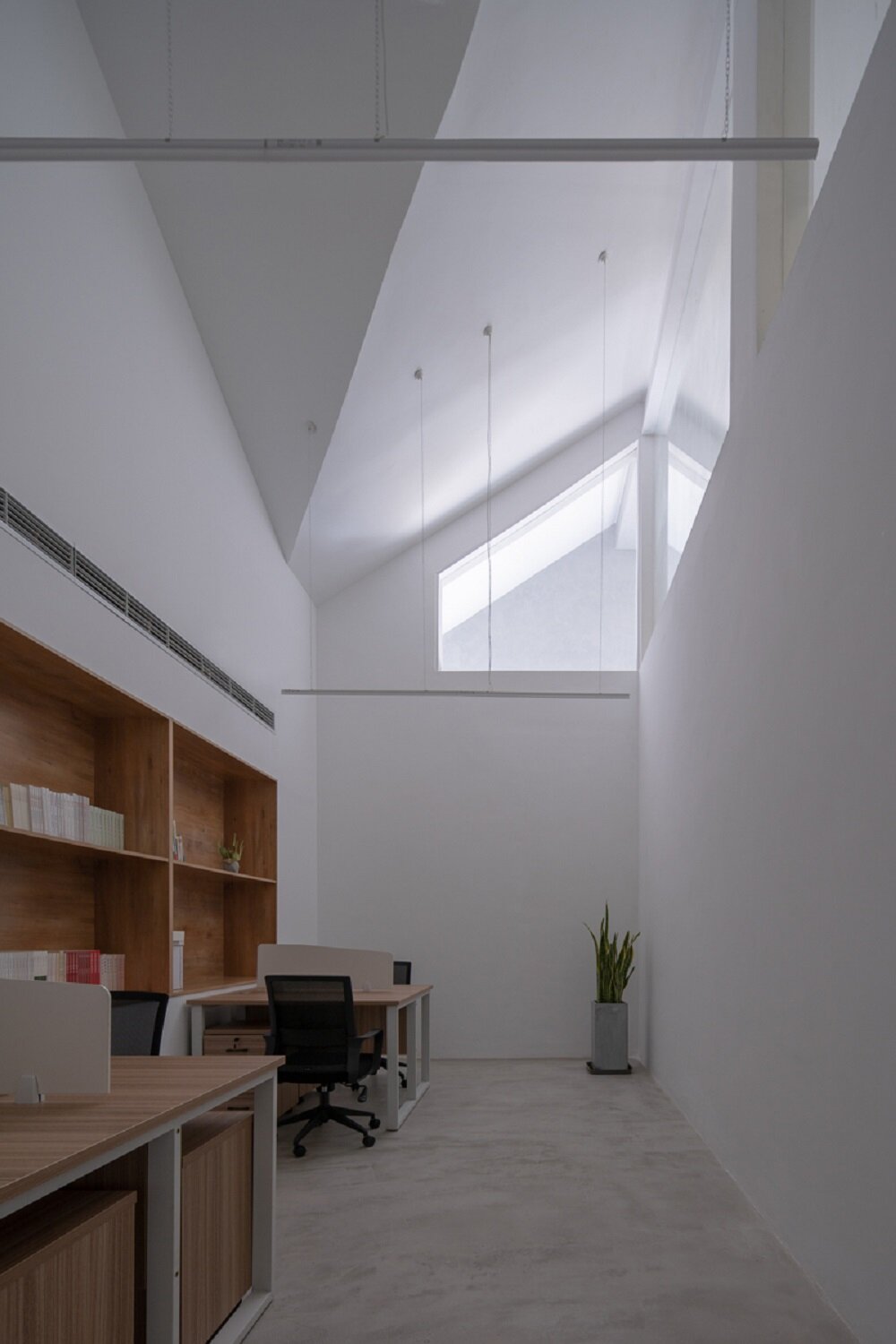
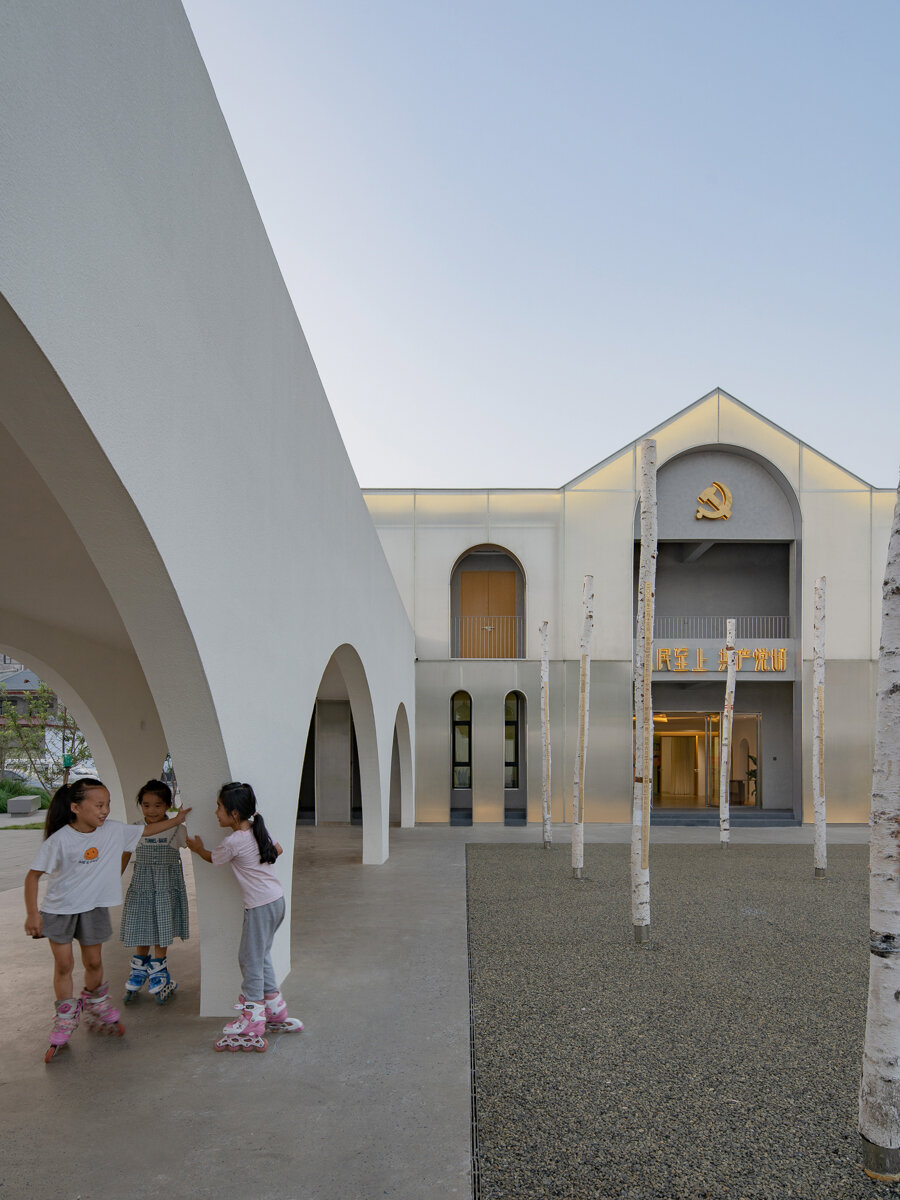
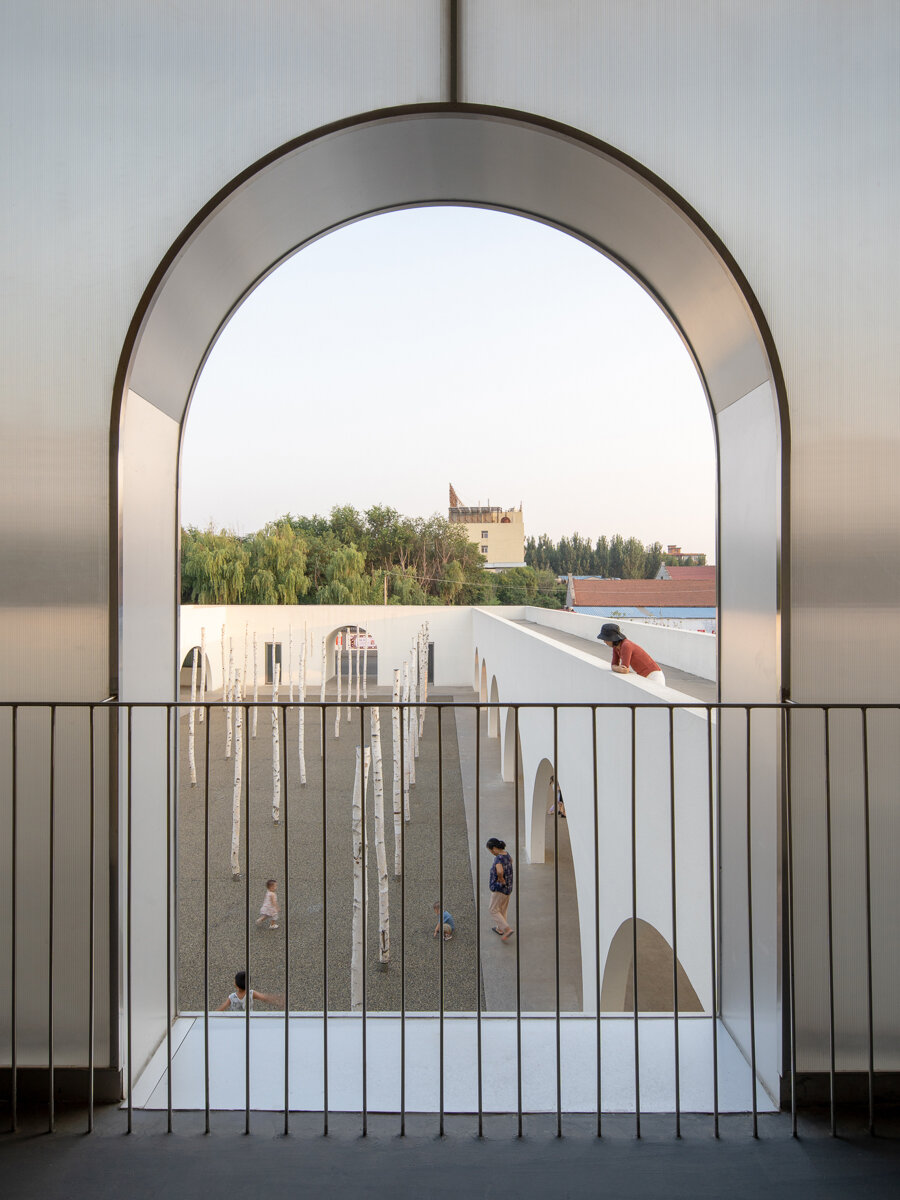
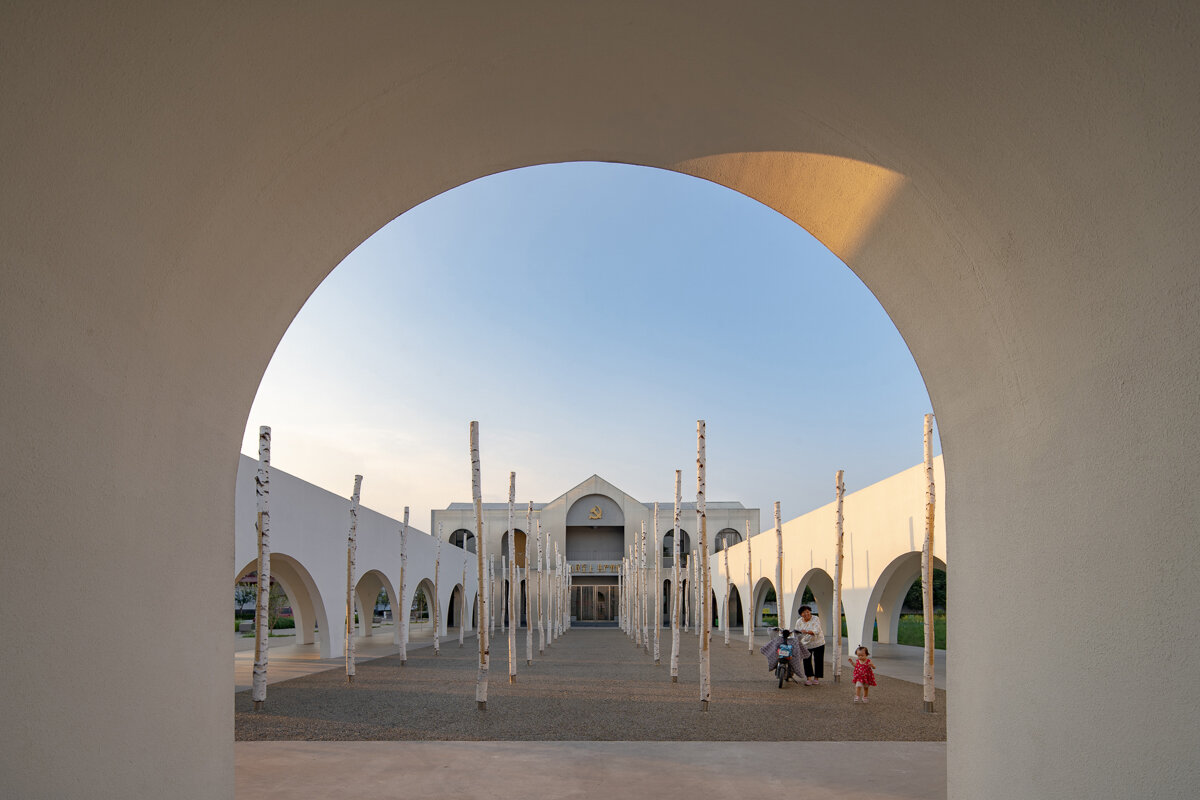
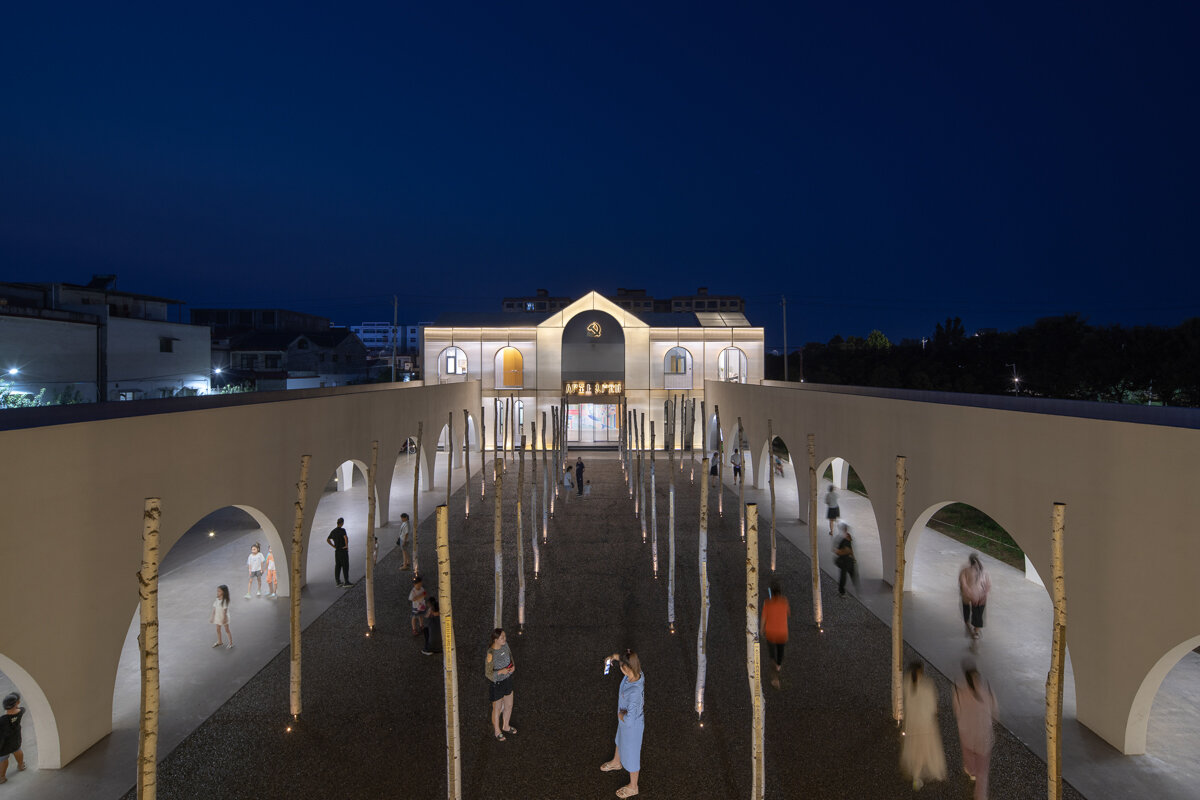
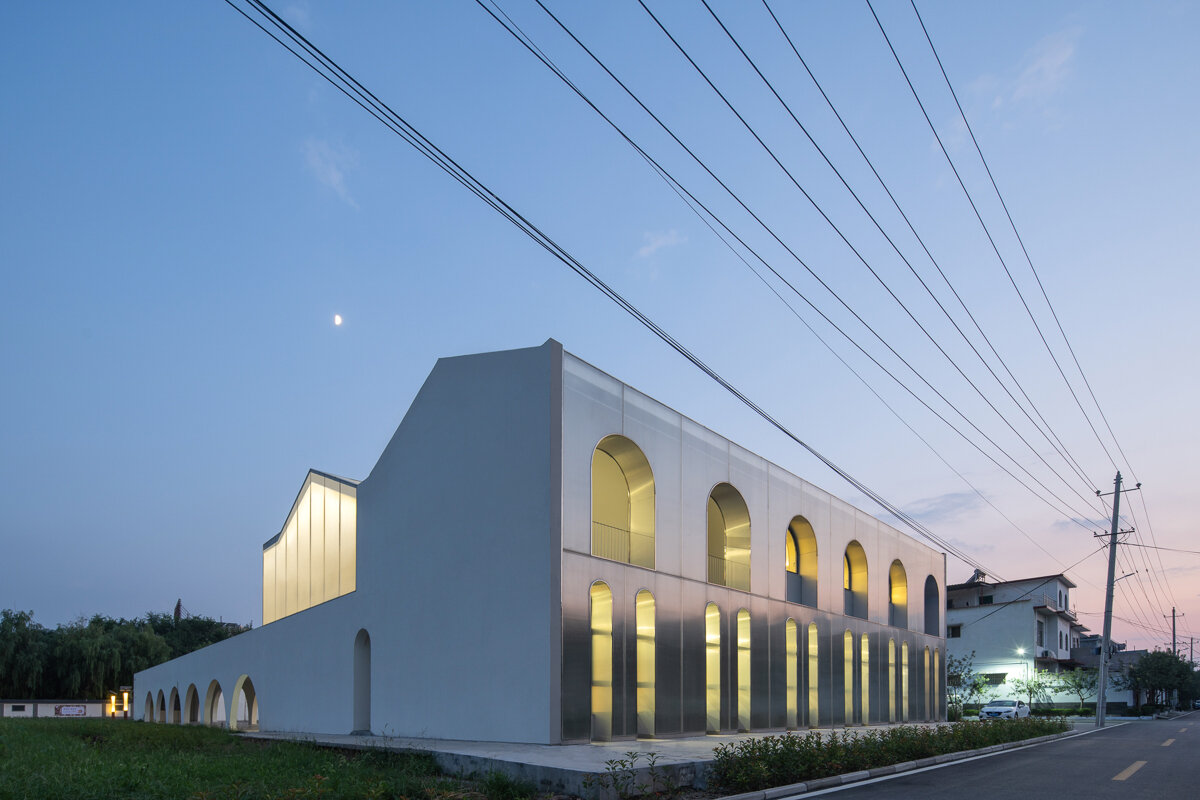
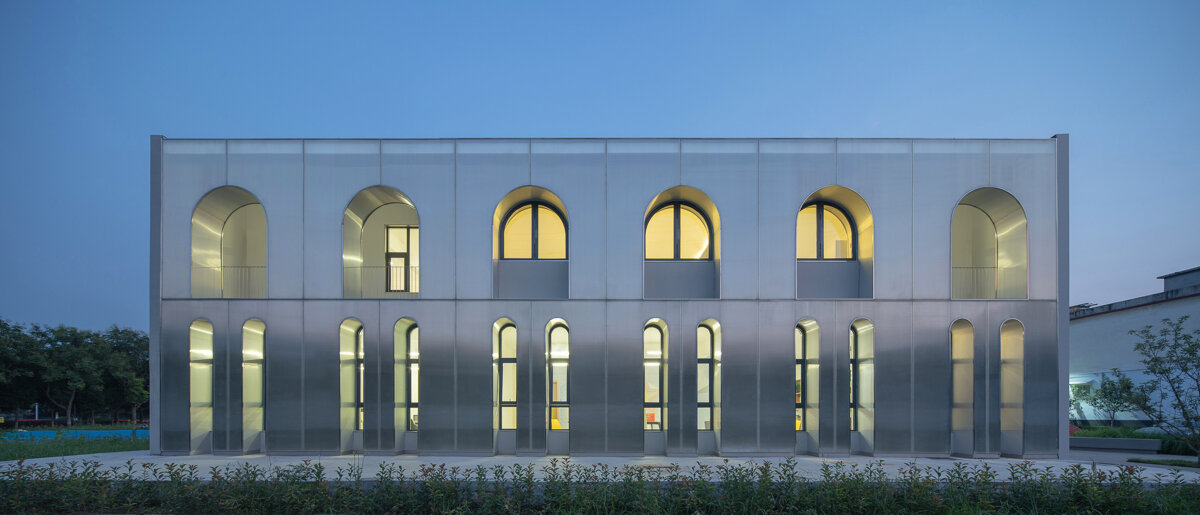
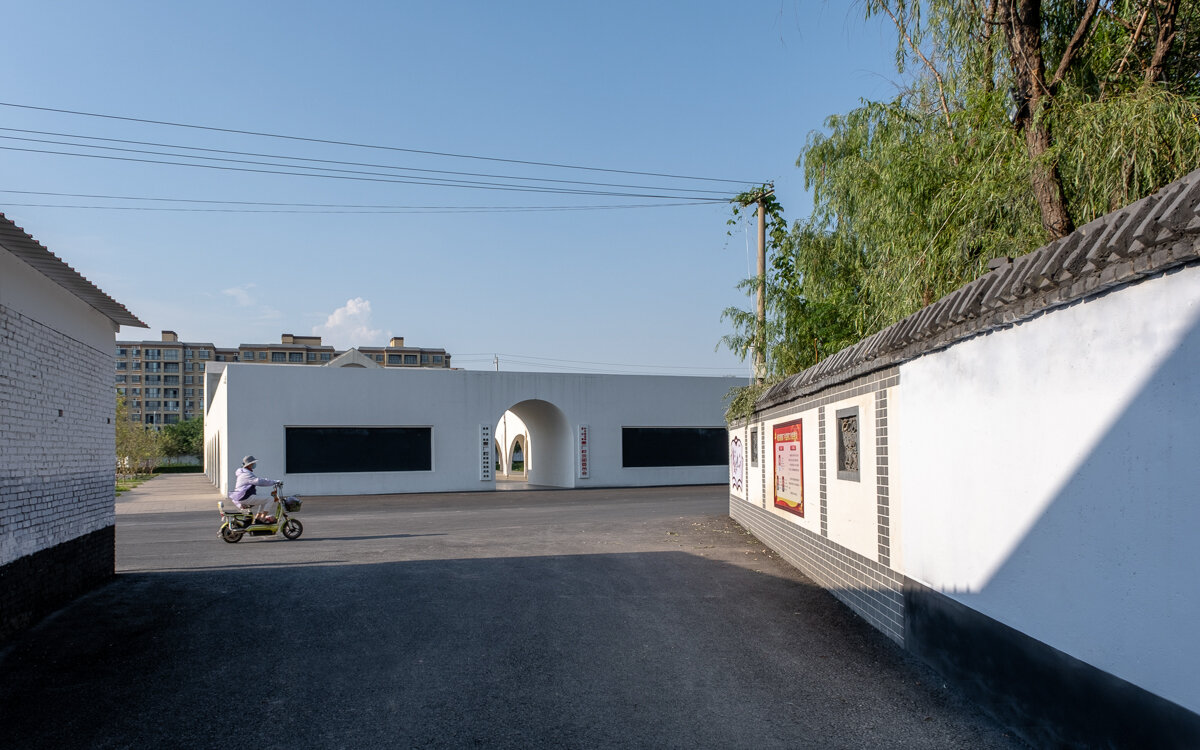

Credits
Location: Xiuwu County, Jiaozuo, Henan Province, China
Status: Completed 2020
Area: 780sqm
Client: Village Committee of Qinchang, Chengguan Town, Xiuwu, Henan Province, China
Architectural and Interior Design Consultant: Studio 10
Principal‐in‐charge: Shi Zhou
Design Team: An Huang, Chunhui Mo, Cristina Moreno Cabello, Meishi Zhao, Xin Zheng, Zixia Huang, Hao Wu(Intern), Liangyu Shen(Intern), Feifei Chen(Project Assistant), Jiaxiao Bao(Project Assistant), Ming Tang(Project Assistant) (in alphabetical order)
Special Consultant: Shuaijun Han, Pengfei Chen
Graphic Design Consultant: SURE Design
Lighting Design Consultant: Matt Lighting Design Associates
Construction Drawings Consultant: Zhengzhou Kaiwu Landscape Design Ltd.
Construction: Henan Chuanghui Architecture & Decoration Engineering Co., Ltd.
Photographer: Chao Zhang
Studio10 Instagram: studio10design
项目信息
项目地址:中国河南省焦作市修武县城关镇秦厂村
完工时间:2020年
建筑面积:780㎡
项目业主:河南省焦作市修武县城关镇秦厂村民委员会
建筑及室内设计顾问:Studio 10
主管合伙人:周实
设计团队:Cristina Moreno Cabello,黄安,黄子夏,莫纯煇,肇美施,郑鑫,沈亮瑜(实习),吴昊(实习),包嘉晓(项目助理),陈菲菲(项目助理),汤鸣(项目助理)(首字母拼音序)
特别顾问:韩帅君,陈鹏飞
平面设计顾问:SURE Design
灯光设计顾问:深圳玛特照明设计顾问有限公司
施工图团队:郑州开物景观规划设计有限公司
施工团队:河南创辉建筑装饰工程有限公司
摄影师:张超
Studio 10微信&微博&Instagram: studio10design
The Qinchang Village Community Center is located in Qinchang Village, Xiuwu County,an ancient town in central China, with a history that dates back to as early as 1000b.c., when King Wu of Zhou Dynasty named the town after his great triumph.
The community center is located at the eastern periphery of the village, adjacent to the vast village residential courtyard houses to its west while bordering the county main street and community park immediately to its east as well as rye fields further east. It was renovated from an existing CPC village branch office on site, which was a cold and distant walled two-story building covered in grey tiles. The 50-meter-long courtyard had separated the western residential areas from the eastern traffic and nature, making it necessary for pedestrians to bypass in order to get from one side to the other.
The project explores the duality of both transcendence and everyday life aesthetics. On one hand, it calls for sublime feelings of transcendence and exaltation; On the other hand, being the only public facility building in the village, the community center naturally would need to accommodate multiple functions, serving as a venue for events and gatherings, an office for the local administrative committee as well as a destination where villagers would take a walk to after dinner, or simply hang out during the day.
We have taken our inspirations from archetypes of the local traditional earth shelter courtyard dwellings on one hand, opened up the courtyard walls by replacing them with arched veranda, creating a cloister that is open on three sides. Pedestrian experience between the west and east sides is thus enhanced with the increased porosity, while the cloister has provided a gathering and hang-out space for villagers of all age.
On the other hand, the planar arches used repeatedly on the facades of the old building has been reinforced and extracted, reappearing as the motif throughout the project in a symbolic manner. By veiling the massing of the building with layers of translucent PC panel, geometric forms have been completed and articulated, while the translucency has added a sense of lightness, ambiguity and surreality to the “immaculate” geometry.
Furthermore, by providing low-speed seating zones on the western pavement, the latter has become an extension of the east-west pedestrian flows; By removing the northern walls and burying the originally open septic tank into ground, the north facade now has redefined the northern alley interface, carrying along the openness from the other sides.
The original blackboards at the gate have been preserved. In today’s “Age of Information and Smart Phones”, villagers would still take a walk regularly after dinner to the blackboards bulletin for obtaining information and exchanging gossips with acquaintances run into.
On a late summer afternoon, kids would practice their roller skating skills in the matrix of dried birch trunks to which timeline information carved out on bronze plates are fixed. When night falls, villagers would voluntarily start night markets on the street in front of the Community Center, first-time visitors would start live stream broadcasts on their social media in the courtyard, where senior ladies attract large audiences as they rehearse their group dance.
In the distance, boundaries are blurred while ideology and nature are intertwined and integrated with the human dimension. Qinchang Village CPC Branch Office has become a center that serves the community as well as a lively place of gathering.
秦厂村党群活动中心坐落于河南省焦作市修武县城关镇秦厂村,是基于原村党群活动中心老建筑的改造项目。“修武”源于周代武王伐纣“修兵练武”于此的典故,是一座典型的中原古县,历史悠久、厚重;城关镇则是修武县的经济、政治、文化重镇。
老党群活动中心位于秦厂村东侧边缘的一个三岔路口,西邻村内居民区街坊,东侧是一片草地,穿过草地则是林荫主干道云台大道、宁城公园和大片农田。老党群活动中心设有围墙,立面材质以传统灰砖为主,给人的印象有些严肃,难以亲近。南北长50多米的党群中心大院围墙将东西两侧隔开,人们往返于住家和绿地、田间需要绕行。
我们最初接到的设计任务之一,是思考党群活动中心建筑与共产主义信仰的关系: 信仰建筑既呼唤高于日常生活和感官享乐的审美超越, 又常同时承担社交、聚会、组织和凝聚群众的功能, 体现了一种日常生活美学;在秦厂,我们试图探索这两种看似截然相反维度的交叠和平衡,尝试设计一种新型的“信仰建筑”。
我们从豫北窑洞和院落民居中获得改造策略的灵感,在大院两侧设一圈回廊,打开原本封闭的院墙,创造地块东西向更为顺畅、宜人的人行交通体验。模糊、多孔的场域边界加强西侧村落居民区和东侧自然的联系,方便人们穿行,也为不同年龄层的村民提供了聚集、社交和活动的空间。
建筑室内外和回廊对原党群活动中心建筑及院落的对称性及平面化拱元素母题进行了提取、诠释和再现。通过在南北立面笼罩一层半透明的阳光板,建筑原本的几何形态得以还原,体量更清晰、可读,突出几何得“无瑕、完整“;这种半透明性也营造了一种轻盈、超现实的氛围。
此外,我们也整合设计了西侧和北侧的人行道:通过划分快行通过区和慢行停留区,使西侧人行道成为拱廊和院落的扩展延伸;通过拆除北侧围墙,将原本开放设置的化粪池改造入地,使党群活动中心笼罩有半透明阳光板的北立面直接临街,重新定义了北侧街道界面,延续了东西两侧的开放性。
大门口两侧原有的黑板被保留下来,在网络发达的今天,村民仍然保留了饭后步行至村口查阅黑板报和布告栏、熟人碰面”唠家常”的习惯。院落是孩子们盛夏傍晚嬉戏、追逐、练轮滑的好去处,孩子们在白桦树干和黄铜片制成的党史灯柱间追逐嘻闹,好奇地爬上二层回廊顶远眺。
当夜幕降临,从乡镇赶来的居民在党群活动中心前的街道自发摆起了地摊,携家带口的村民通过拱型门洞进入庭院开始了直播;阿姨们自发在院子里排练起广场舞, 吸引不少围观者。
信仰和自然在此与人的维度充分交织、融合,秦厂村党员群众活动中心成为一个真正服务村民的社区中心,也是一个吸引凝聚人、充满烟火气的热闹场所。

